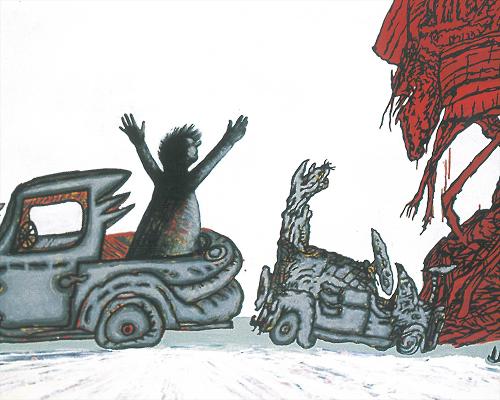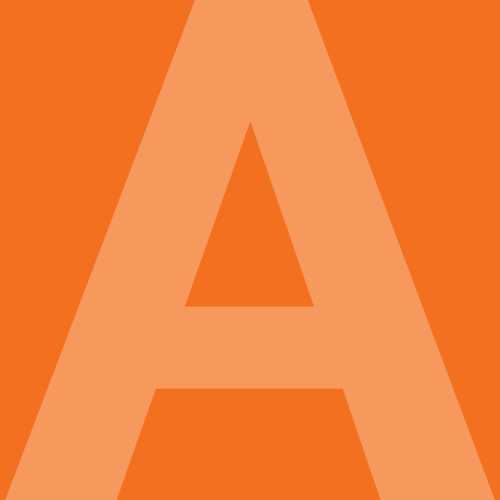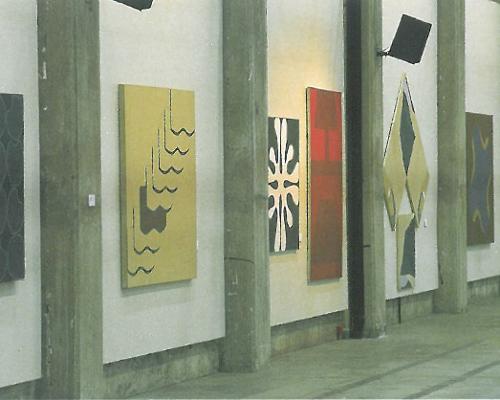More from this Issue
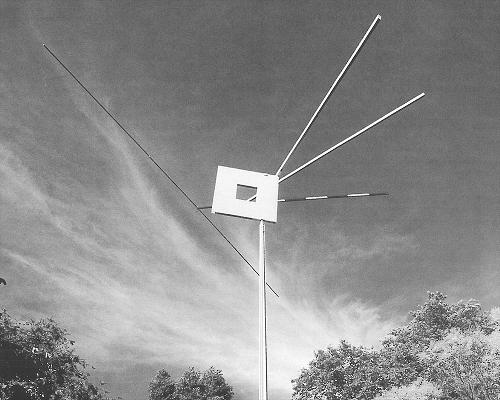
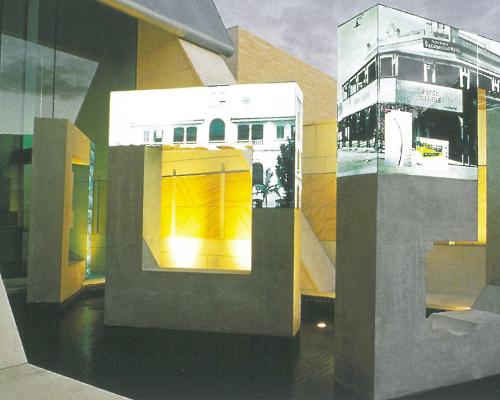
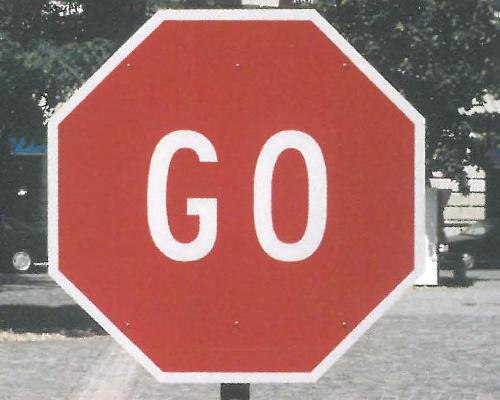
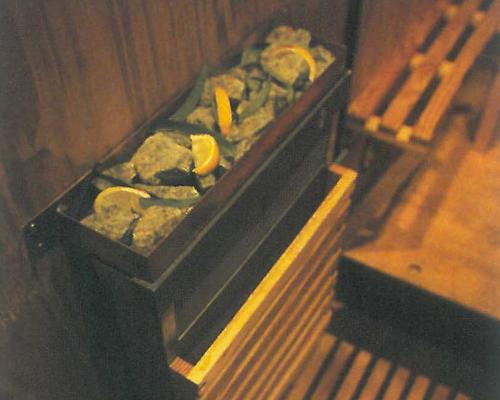
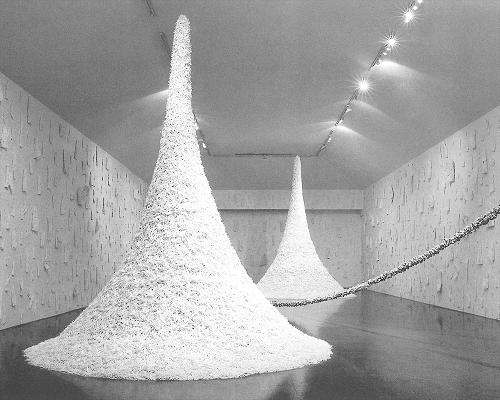
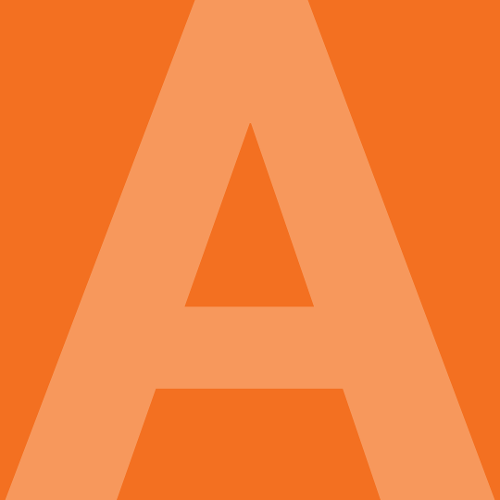
With the recent boom being enjoyed by public art in Australia, the issue of moral rights legislation has become more pressing. It was in recognition of the power differential between most artists and the users of their work that Australia became a signatory to an international agreement, the Berne Convention for the Protection of Literary and Artistic Works designed to redress the imbalance. Some of the clauses and conditions of this legislation are briefly discussed.
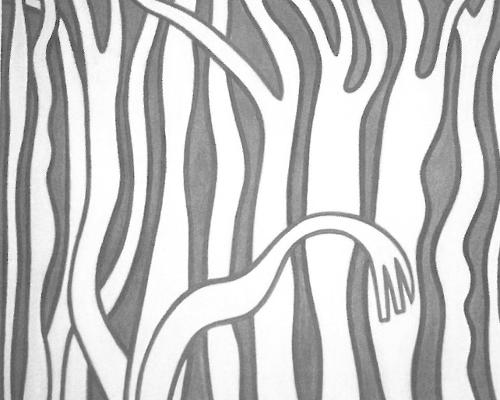
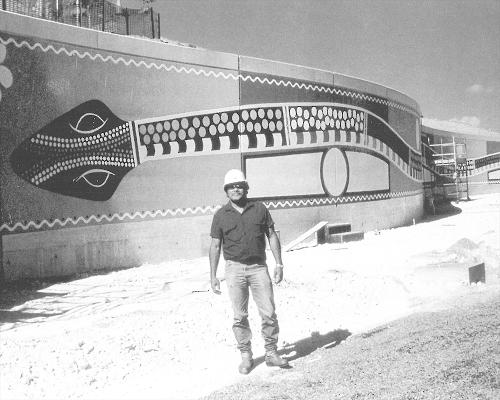

Recent auctions held by Christie's, Sotherby's and Deutscher-Menzies have clearly demonstrated that the market is now looking towards artists in their fifties and even younger. The relationship between artists and auction houses is here discussed with reference to artists Juan Davila, Charles Blackman, Imants Tillers, Mandy Martin, John Wolseley, Howard Arkley, Lloyd Rees, Emily Kngwarray, Lin Onus and groups Desart, Balgo Artists and Utopia Arts.

